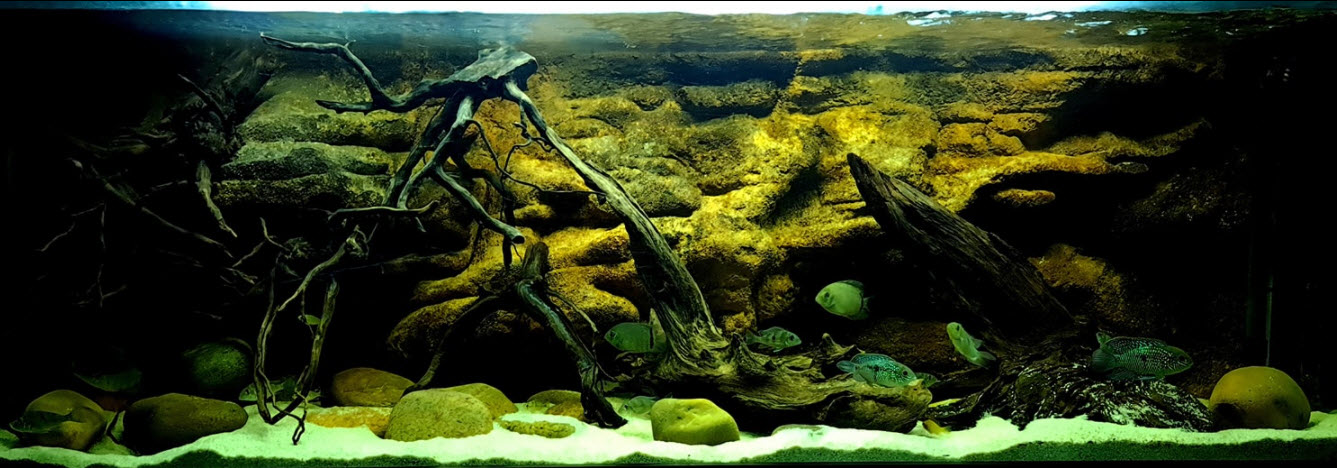
This is a duplicated article. It is so important I thought I should put it on the website twice.
Both beginners and experienced aquarium owners often make a big mistake which stresses fish in their aquarium. They give their new filters a thorough cleaning at the end of cycling. Or they clean their filters thoroughly once a month. And their water then gets very cloudy and they get ammonia spikes. A thoroughly cleaned new aquarium filter is the same as a new aquarium filter, it must be cycled for several weeks.
If a filter media has been established for more than a few months the number of beneficial bacteria become very large and the bacterial film seems to be much more adherent. So long established filters are much harder to over clean.
Many in the hobby clean their filters thoroughly once a month as they think the “brown gunk” is fish feces. Then these same hobbyists come up on social media wondering why their aquarium is always cloudy and their fish are always sick. The surprising thing is that when informed of why their aquariums are cloudy, they almost always say they don’t believe it and that they are going to continue to clean their filters as they are just very uncomfortable with brown gunk. Ahh the power of our “cleanliness is next to godliness” upbringing.
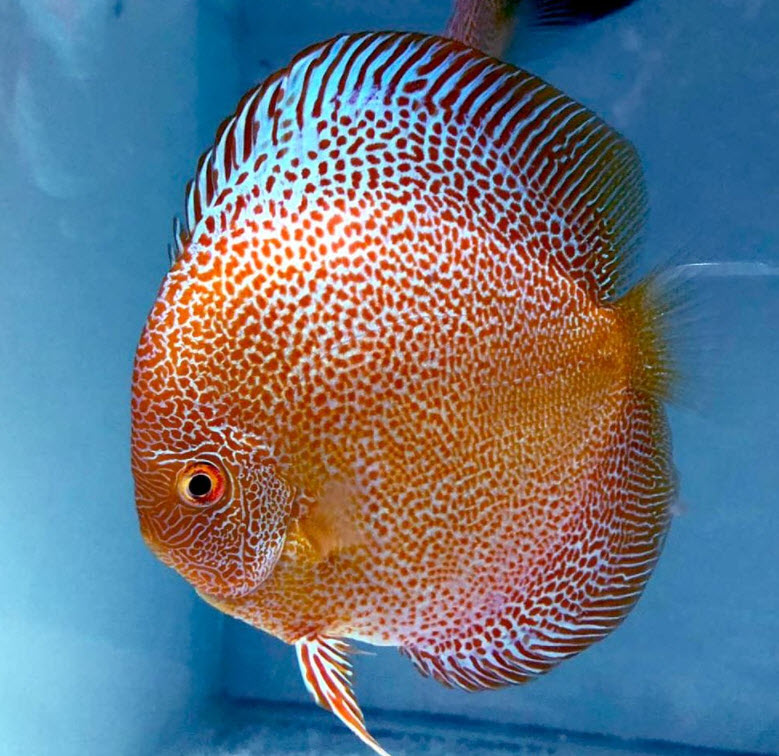
Testing of Filter Cleaning
Multiple replicate scientific experiments were carried out with controls. These studies looked at cleaning sponge filters. They established that:
- Cleaning a newly established (months) sponge filter under RUNNING unchlorinated well water OR RUNNING chlorinated water removed virtually all the beneficial bacteria
- Cleaning a newly established (months) sponge filter by VERY LIGHTLY SWISHING back and forth once or twice in a pail of unchlorinated well water OR chlorinated water left significant amounts of beneficial bacteria in the filter.
- Cleaning a LONG ESTABLISHED (years) sponge filter under running unchlorinated well water OR chlorinated water left significant amounts of beneficial bacteria in the filter.
So you never want to clean a relatively new filter media in running tap water, period. You can get ammonia spikes. And you want to only partially clean the filter media, not thoroughly clean it. Thorough cleaning can give ammonia spikes. If the filter has been long established one can clean it often with little effect on filtration capacity. And one does not need to worry about chlorinated water.
The testing which resulted in these conclusions is shown in the following link:
6.8.1. Test of Cleaning Filters
.
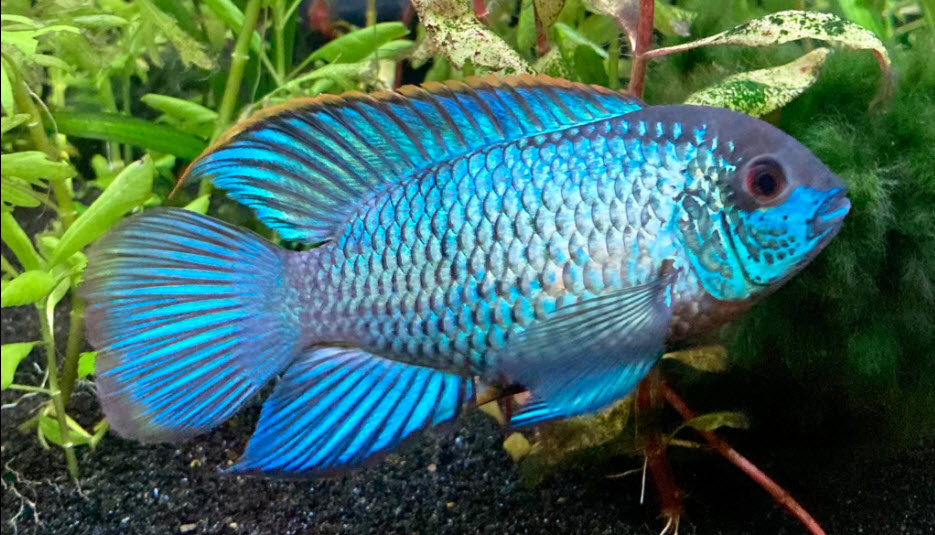
Analysis
The best way to think of this situation is to realize that fish feces and uneaten food MUST be decomposed by a host of what are called “heterotrophic” bacteria (meaning “normal” bacteria that eat carbohydrates and proteins). The decision for the hobbyist is whether they want that bacteria to be present as cloudy water or do they want this bacteria to be present as brown gunk in the filter media. The choice is theirs to make.
Note that there is a myth that the surfaces of the substrate, rocks and the ornaments in an aquarium have significant colonies of beneficial bacteria. Unless one has an under-gravel filter this is a myth.
The substrate, rocks and the ornaments do not have “turbulent”, rapid water flow over them. “Turbulent”, rapid water flow is an absolute requirement for the growth of significant numbers of beneficial bacteria. This obviously would change if one aimed a wavemaker at the substrate to create rapid flow over the substrate.
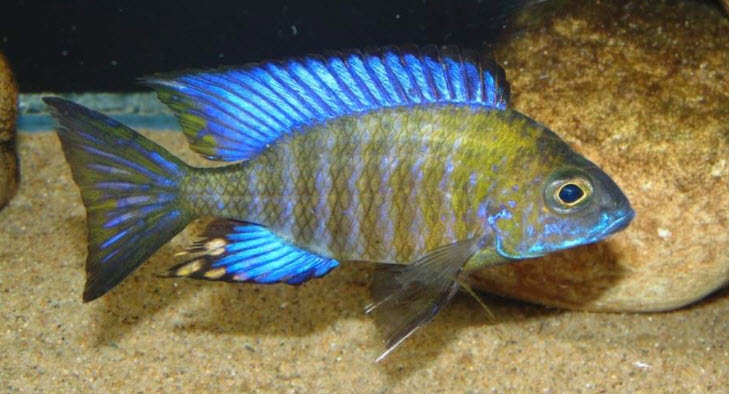
Biofilms
From the Poret Foam Supplier (Swiss Tropicals)
“The brown filter sludge in a filter is for the most part alive and not simply waste. Removing this mud does more harm than good. The purpose of the filter media is not to filter out particles from the water as is often assumed. The media serves as the habitat for a vast array of microorganisms that include bacteria, archaea, worms, ciliates, flagellates, and many others. These microorganisms live in a community that is based on biofilms. The biofilms are created by bacteria that secret extracellular polymeric substance (EPS), which is often called “slime”. The community forms a bioreactor that processes the waste and turns it into food and energy for its members, and ultimately into organic or inorganic products that are then used by plants, evaporate, or removed by water changes. It takes a considerable amount of time to establish this “filter community”; consequently, it is very important not to disturb it unless absolutely necessary.”
This is probably the most intelligent statement any supplier of aquarium products has ever made.
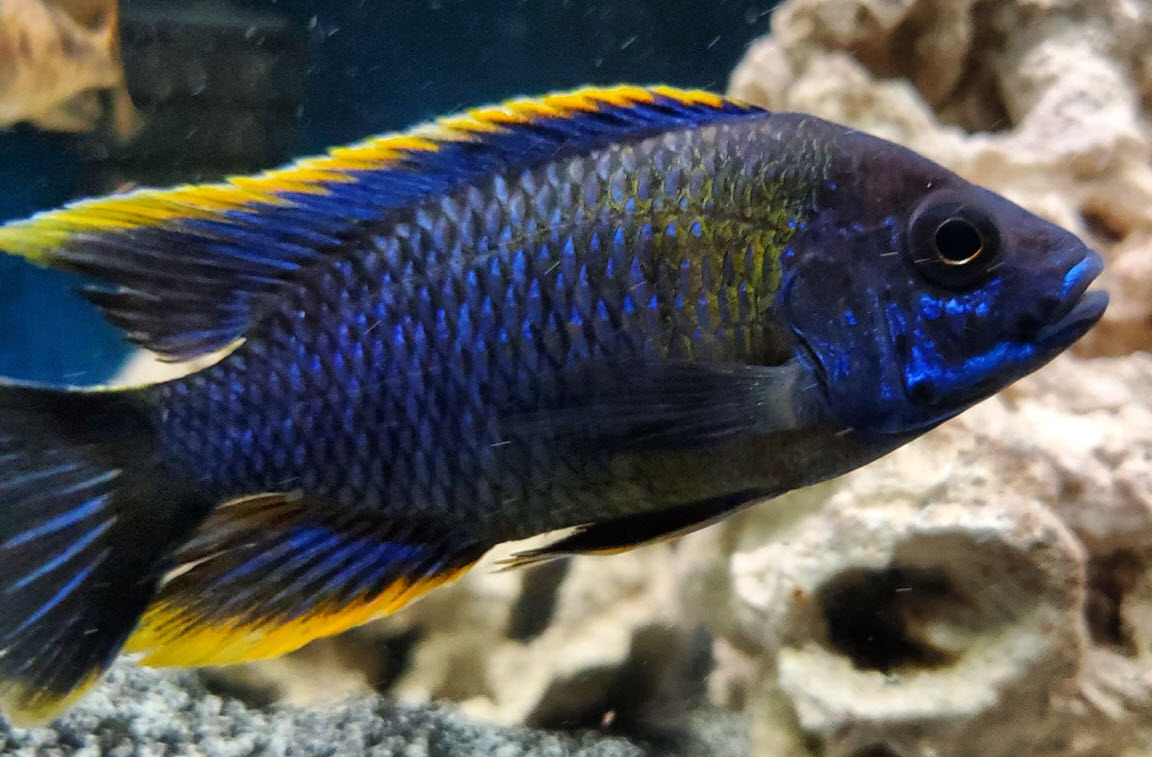
Biofilm is the thin layer that is exposed to the flow of the water and does the biofiltration. What many miss is that this biofilm forms on the surface of “brown gunk” just as easily as it forms on the surface of the biomedia. This can be best illustrated with a cross section of a single urethane foam cell roughly 0.030 inches across (30 ppi) in a typical aquarium filter over time:
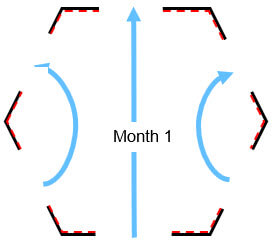
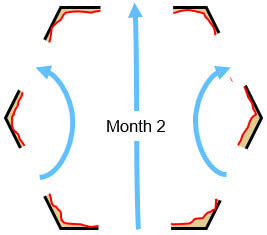
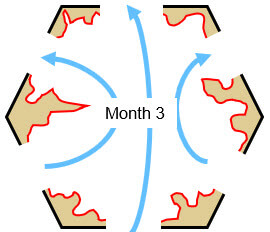
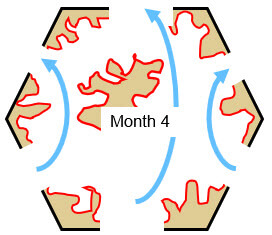
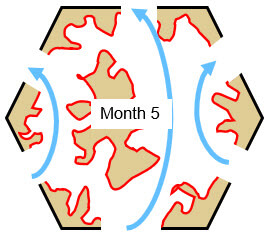
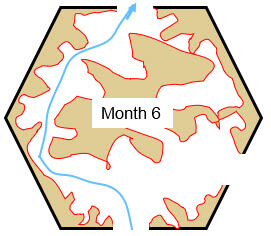

This illustrates how the bioactivity of the beneficial bacteria increases. The red lines (biofilm) are the ONLY areas where there is beneficial bacterial activity. It is not the volume of the brown “gunk” but rather it is the surface area which is important. At a time period of anywhere from 2 months to never (the average aquarium is probably about 8 months) the brown gunk gets enough volume to start shutting down the flow and stopping the biofiltration.
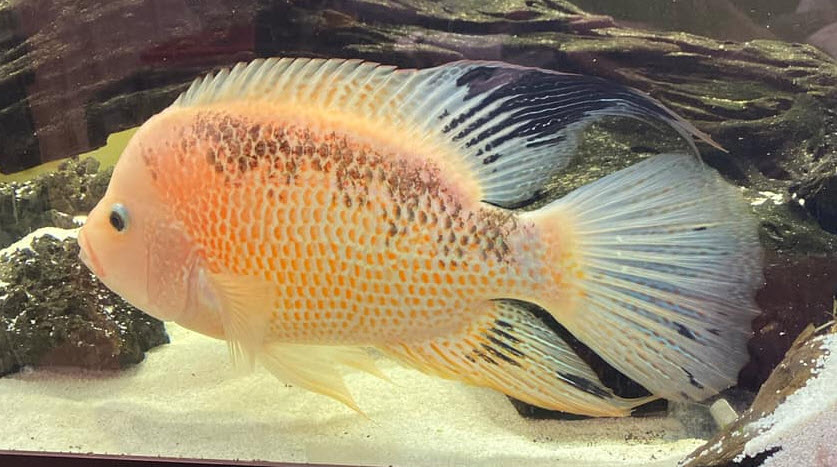
This concept that beneficial bacteria are in the brown gunk in filters is not only proven by the thorough cleaning test above, there is other supporting data:
- Diana Walstad goes into how beneficial bacteria work in her book “The Ecology of the Planted Aquarium”. She talks extensively about how the biofilms build up with a huge number of references.
- When starting an aquarium everyone agrees that the best “seed” is to squeeze a dirty existing sponge filter into some water. The resulting brown soup can give a cycled tank in days. So obviously this is where the beneficial bacteria are.
- K1 fluidized beds work great at keeping water crystal-clear and minimizing ammonia and nitrite readings. They only do that when they have been cycling for two to four months and build up a brown filmy mass inside the K1 media. This is brown gunk is the reason K1 fluidized beds work so well.
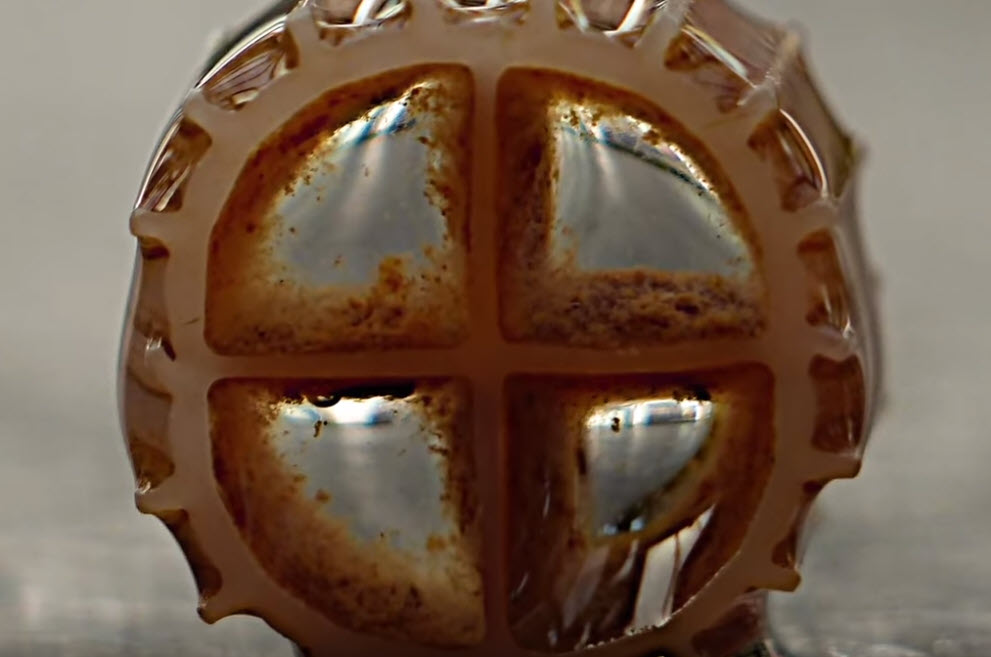
Now there will be many skeptics who will say the brown gunk needs to be kept out of the aquarium and that this test wasn’t correct. For them I have a comment directly from the comments on the home page of this website:
“I’d like to say your section on filtration is excellent. I’ve kept fish since I was 7 yrs old and for the past 6 yrs have kept and bred African Cichlids. My son has a community tank in his room. When I read your article on “over cleaning filters” something clicked for me. Embarrassing as it is for me to say, I often forget about my sons tank which houses tetras and tiger barbs. When I say forget I mean, I don’t have any hands in it constantly. Without realizing it I was performing my own “test” and the results, I noticed my son’s tank was always crystal clear yet it always had the “dirtiest” filter with TONS of “brown sludge”. His fish were very healthy and NEVER got disease. Long story short, I now do my best to leave my filters alone and the difference is amazing.”
The biggest myth about filtration is that one needs a clean filter in order for the filter to be effective. Exactly the opposite is true. The dirtier the filter media the better the filtration. The brown gunk inside a filter is many different varieties of very beneficial organisms, including so called “beneficial bacteria”. The filter below filtered an aquarium with perfect water parameters and some very healthy fish. It was not a “nitrate factory” nor a spewer of disease pathogens.
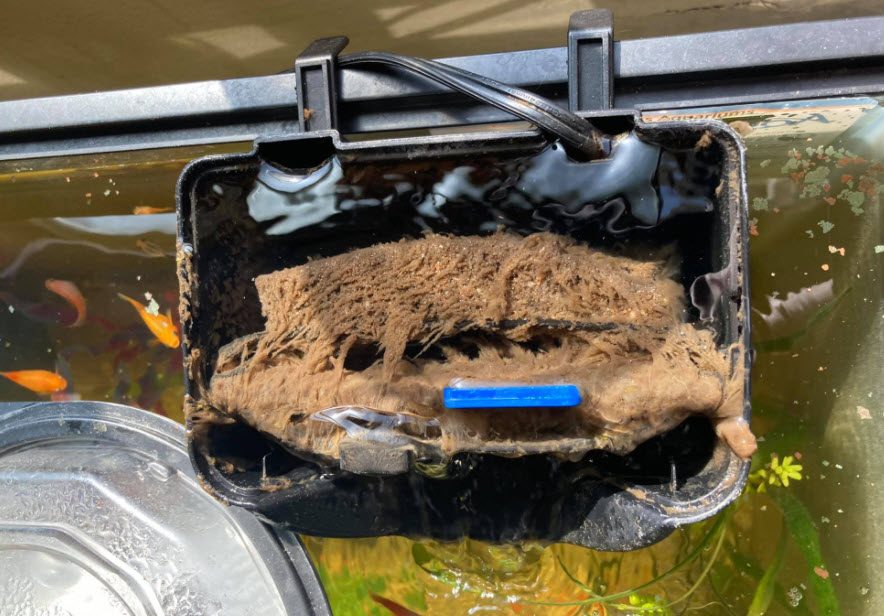
Now the level of this brown gunk will vary depending on the biofiltration amount. I very heavily over filter. I have huge amounts of biofiltration. The K1 media in my fluidized beds has a thin layer of light brown “gunk” on it and that is all. It never gets to the level seen in the K1 above. The foam in my FX6 filters NEVER fills with brown gunk. It is slippery, which indicates a biofilm is present on the foam. But it is not brown. It looks clean even after a year of use. I NEVER clean my filters.
Ben Ochart has one large heavily stocked aquarium which is heavily filtered with both an FX6 and a foam filled sump. He tore down the FX6 after six months. The foam he had in the trays and the foam around the outside of the trays was clean as a whistle. Now in actuality the foam in his FX probably had a thin slimy biofilm on it. This is just incredibly GOOD for any aquarium. Ben’s water is crystal clear and his fish are VERY healthy.
For more information on this complex, little understood topic click on these links:
6.2. Biofiltration
6.2.1 Detritus Explained
6.2.2. Brown Gunk in the Filter
6.2.3. Cloudy Water
.
Return to Aquarium Maintenance Menu
.
Aquarium Science Website
The chapters shown below or on the right side in maroon lead to close to 400 articles on all aspects of keeping a freshwater aquarium. These articles have NO links to profit making sites and are thus unbiased in their recommendations, unlike all the for-profit sites you will find with Google. Bookmark and browse!
.

Dave says
To Brad ….. That simply means you are doing everything right. I guarantee there is a biofilm. But because everything in your set up is very good the biofilm is too thin to feel.
Brad - UK says
Hi Dave,
At the 6-7 mark on one of my Oase Biomaster 250 Filters, I was keen to look inside the main chambers (HEL-X and three trays of 20/30 PPI foams) to see if any brown gunk had formed (which I doubted after a previous correspondence with you), but really see if any biofilm has amassed.
As expected, the foam looked like brand new. However, when touching the surface of two foams, I expected it to be slippery to represent the presence of a biofilm. But it did not feel slippery – more like a new wet sponge. I was expecting it to be clean-looking, but I was hoping to see (or feel) some evidence of bio-film. But I could not detect much to the touch.
Do you think this is odd and against expectations? Does it mean my pre-filter is blocking the main chambers (with the HEL-X and three trays of 20/30 PPI foams) from allowing bio-gunk and good bacteria to form?
Thanks,
Brad -UK
Dave says
In reply to steph …. You are correct, two to four months for a normal moderately stocked aquarium. Note that a heavily stoked aquarium can clog up in weeks. If things clog up in weeks you need more filtration. And yes, just one or two squeezes in all that a sponge will need.
steph says
This is such a thorough article about filtration! Maybe I missed the answer here, but my one questions is: How often to clean the filter and how much brown gunk should we actually take out?
It seems like we could leave it for at least 2 months before things get too clogged and ineffective. And perhaps a couple squeezes of a sponge to leave some brown? Just curious to know what is a good regimen.
Thank you!
Dave says
In reply to Myra … You can move any established filter to another aquarium with no problems what-so-ever
Myra says
Hey Dave, I want to start out saying this website is like my fish keeping bible lol I’m constantly re-reading articles or searching for advice I’m needing at the time. Thank you so much for spending the time researching & writing. I can for once trust what I am reading.
I have multiple aquariums & believe one of my tanks is slightly showing signs of “Sick Tank Syndrome” no fish have died except maybe one lastyear but seeing multiple signs of “Fish TB” & unclear water. I need more biofiltration on this specific very established tank. I want to move an established canister with nothing but foam from a different established aquarium with more than enough biofiltration to this established “unhealthy tank”.
My question is can I just move this established canister from one established tank to another without any issues? Or will doing so throw something off in the tank I move it to. May be a dumb question but I can’t seem to find answers.
Thank you, Myra